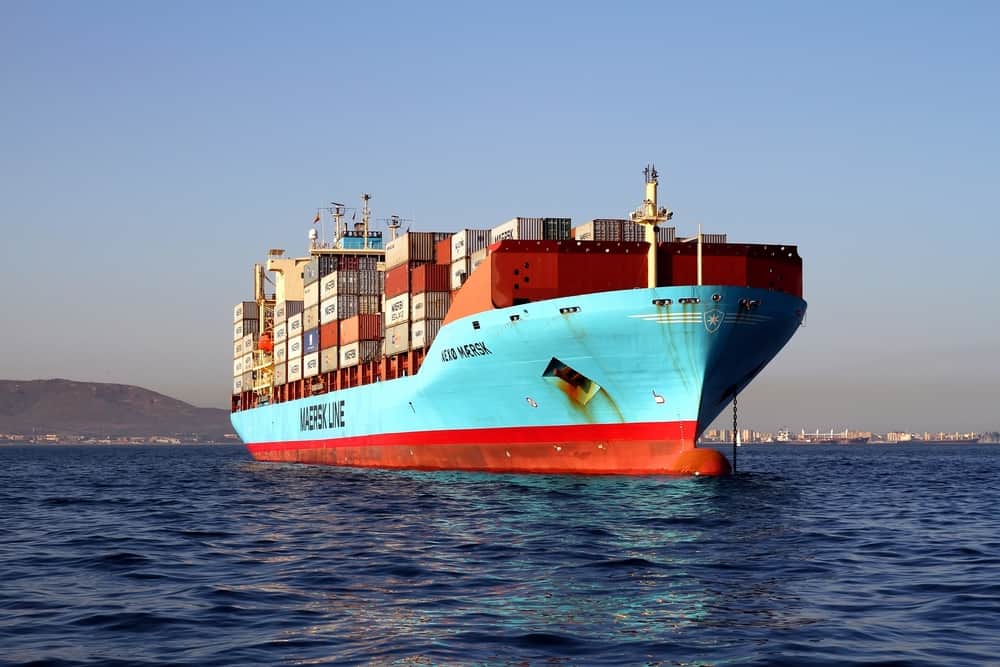I am writing this article on April 17th, and as of now, we do not know when and how businesses will be re-opening following the COVID-19 pandemic.
We will know that in a month or less. We will have a “new normal” when going back to our offices, factories, and warehouses.
According to CSIS, as of April 10th, G20 countries are estimated to have pledged $5.4 trillion in fiscal support. This is a very significant amount considering it represents 8% of 2019 G20 GDP. And, almost all these fiscal policies are focused on two items – keeping companies and individuals afloat.
Based on World Trade Organization (WTO) analysis, in an optimistic scenario, global trade is expected to decline 13%, while in a pessimistic scenario, it will decline 32% year-over-year.
During the past two months, what impacted the shipping industry most? The industry saw a substantial drop in demand, which also crashed oil prices (thanks to the contribution of OPEC+). Shipping is currently dealing with blank sailings, equipment challenges (both congestions and deficits), ocean freight rates moving completely independent from demand, lack of containers, diminished container trucking demand, and country closures around the world.
For sure, a lot of shippers will continue to struggle. But once things start to come back, then what?
This is a demand-driven crisis. So many companies are focusing on what they can control – they can relatively control the supply and the cost. I believe that shipping is one of those industries that should feel luckier.
First, compared with many industries that have been negatively impacted by COVID-19, the shipping industry has always been exposed to many outside variables that we do not have any control of. So, we are used to managing crises that are happening completely out of our control. I believe this makes all companies and people in the shipping industry much more prepared than most.
Secondly, from timing angles, the COVID-19 crisis started in China during their slowest period and the western world’s slowest period for purchasing. Currently, China and Asia are coming back, so once the western economies start to consume, production will not be an issue.
Thirdly, bunker prices have affected the shipping industry positively. We all read the articles on how much the IMO 2020 rule will be impacting container carriers. As of today, the price differential between low-sulphur and high-sulphur bunker at Europe’s largest bunkering port, Rotterdam, stands at just $34 per ton, one tenth of what the difference was at the start of the year. Overall, crude oil prices slid from $63 in January to $20.
Lastly, since ocean carriers had already been going through tough times for the past 6-7 years, they have been acting smart and cautious. They took immediate precautions and still follow those through with further blank sailings based on supply/demand and country regulations. While import market rates in Europe fell, export rates increased because of lack of equipment coming in from Asia. Similarly, U.S. East Coast/Gulf Coast rates to Asia have increased because of lack of equipment and capacity. Given this, at least on some routes the full journey cost of carriers have not been affected as much and once things open up, we will not be starting from rate levels that are at the bottom.
We are in uncharted waters and hopefully, businesses will open earlier than some are projecting.
I believe as the shipping industry with our lean structures and high adaptability, we will go through these times and we will get back on our feet fast. I wish all of our readers healthy days.




